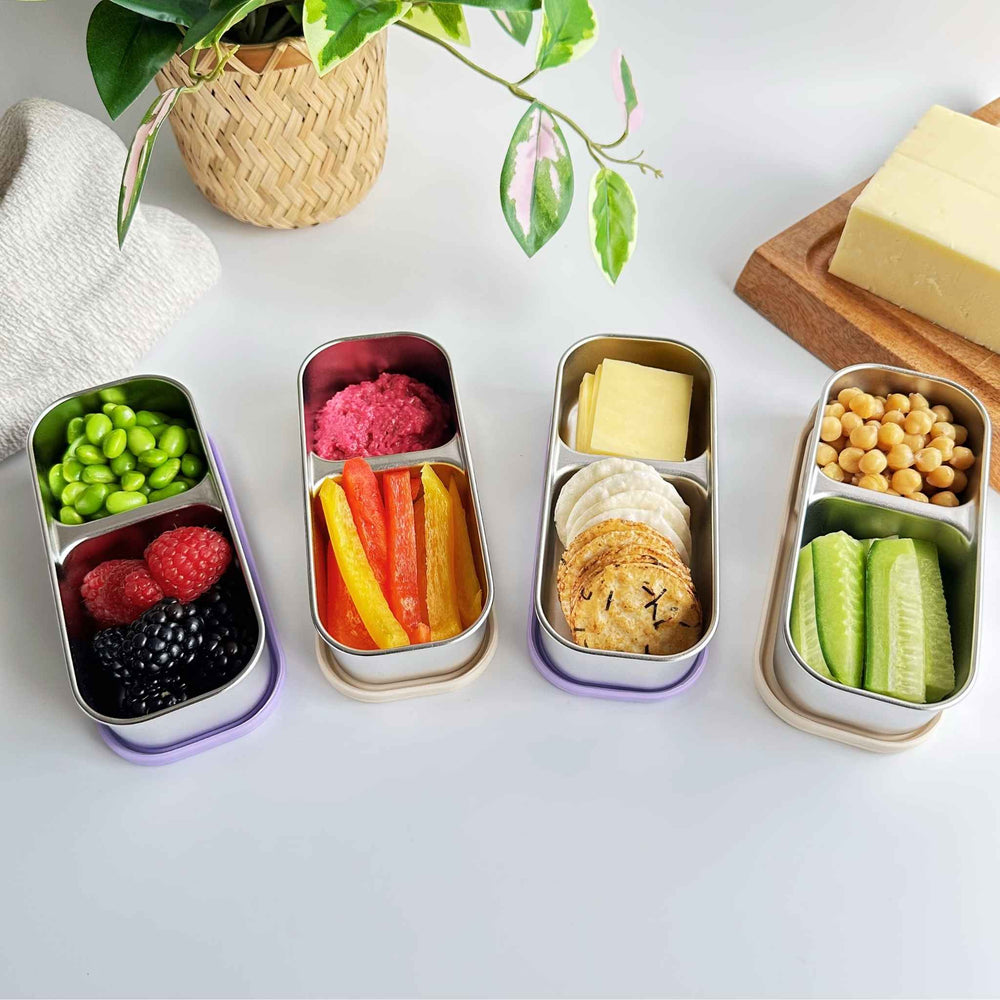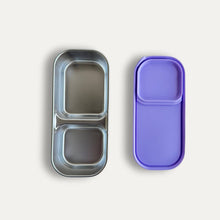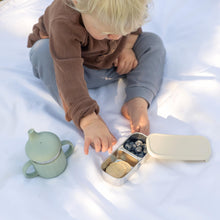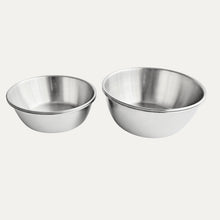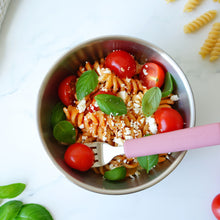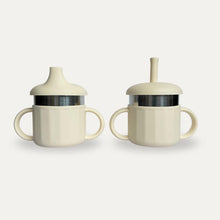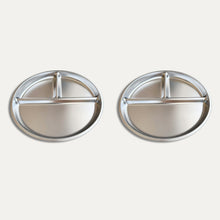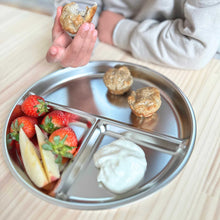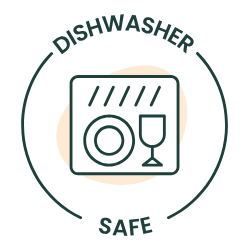Beyond the Blue Bin: Why Recycling Alone Won’t Stop Microplastics
We’ve been taught that recycling is the ultimate eco-friendly act, but the truth is more complex. From fleece jackets to 'green' furniture, many products made from recycled plastic are accelerating the microplastic crisis and contributing to greenwashing. Discover why the most powerful solution isn’t recycling more, but reducing our reliance on plastic altogether. It's time to look beyond the blue bin and explore the real path to a sustainable future.

We’ve all felt that small, satisfying pulse of civic duty. The quiet clink of a glass jar in the recycling bin, the neat stack of flattened cardboard, the feeling that we’re doing our part. For years, we’ve been taught that the yellow bin is our best weapon in the war on waste. And it is a weapon, to be sure. But here’s the uncomfortable truth: it can’t fix the problem on its own.
Globally, only a small fraction of plastic is ever recycled; the rest is landfilled, incinerated, or leaks into our environment as litter and microplastics. That reality forces a harder question: if recycling captures so little, are we relying on a comforting story instead of tackling the source?
The truth is far more complex. In our quest for sustainability, we have wholeheartedly embraced a new generation of products, items born from our old waste. We see it in the cosy fleece jacket spun from plastic bottles, the stylish outdoor or kids’ furniture moulded from milk jugs, and the colourful, "eco-friendly" toys we choose for our children. We buy these things with the very best intentions, believing we are "closing the loop" and giving plastic a noble second life.
But this is where the story takes a turn. What if that second life has an unintended and invisible consequence? What if, in our effort to solve one problem, we’re inadvertently feeding a larger, more insidious one?
The Hidden Problem: When "Recycled" Means More Microplastics
The fundamental issue lies in the very nature of plastic. Unlike glass or metal, which can be recycled repeatedly with little loss in quality, plastic degrades every single time it's reprocessed. This process is more accurately called "downcycling." The long, strong polymer chains in a virgin plastic bottle are broken down, resulting in a weaker, more brittle material in its next life.
This is why a plastic bottle rarely becomes another plastic bottle. Instead, it’s often downcycled, shredded, melted, and spun into fibres for clothes, or moulded into dense forms for furniture and toys, items that are harder to recycle next time.
And here’s the kicker: some of these “second life” products can shed microplastics during everyday use. A 2016 study led by UCSB and commissioned by Patagonia found that a single synthetic fleece jacket can release an average of 1.7 grams of plastic microfibres per wash—too small for many wastewater systems to fully capture—so they flow into rivers and oceans, and ultimately back into our homes. Weathering and abrasion do similar work outdoors.
Suddenly, the cosy fleece jacket looks different. The durable recycled plastic decking, weathering under the Australian sun, could slowly shed microscopic particles into our soil and air. The colourful toy, made from old yoghurt pots, may release tiny fragments as it’s played with, chewed on, and loved. The result? Products marketed as solutions can become ongoing sources of the very pollution they were meant to prevent.
The Label That Feels Good (But Isn’t the Full Story)
You’ve seen it: “Made with 70% recycled plastic.” Sounds like a win. But what about the other 30%? That remaining portion is often brand-new, virgin plastic made directly from fossil fuels. Brands frequently blend recycled content with virgin plastic to meet strength, clarity, or safety requirements.
This practice, common in the industry, means that while we feel like we are curbing the plastic problem, our purchase is still creating a direct demand for new plastic to be produced. The loop isn't closed; it’s a forked road where one path leads from the recycling bin, and the other leads straight from an oil refinery. Both paths eventually lead to the same destination: a world with more total plastic in it.
These downcycled products represent the end of the line. That fleece jacket or plastic bench cannot be recycled again. After its shorter second life, the product typically ends up in a landfill, where it continues to break down into microplastics that harm our environment.
Altering Our Timeline: A Lesson in Cause and Effect
If you're a fan of the show Loki, you'll be familiar with the concept of timelines. In the story, a single timeline is protected by a cosmic bureaucracy, and any action that causes a significant deviation—a "Nexus Event"—creates a branching reality, an alternate future.
On planet Earth, we don’t have a Time Variance Authority tidying our mess. We are living on a timeline that is, by default, heading towards a future choked with plastic. Our current path of mass consumption and reliance on recycling as a primary solution is leading us to a disastrous reality.
But every choice we make is, in its own small way, a potential Nexus Event.
The simple, profound truth is this:
The most sustainable plastic is the one that’s never made.
When we choose to refuse a plastic item, we do more than just prevent one piece of rubbish. We send a strong signal back up the supply chain that reduces the demand for new plastic to be created. We are not just cleaning up the present; we are actively altering the future. Every decision to opt for a non-plastic alternative is an act of pruning a disastrous timeline and creating a branch that leads to a healthier reality.
We are our own guardians of the timeline. And our collective decisions have the power to create a profound divergence from the path we are on.
How to Be a Guardian of Your Timeline (Practical, not preachy)
This shift in perspective—from frantic recycling to mindful reduction—is where our true power lies. It begins not at the recycling bin, but at the moment of purchase. Here are practical, actionable steps to start pruning the plastic timeline in your own home.
1. Do a quick “Nexus audit” before buying
Ask: Do I need this? Is there a long-lasting, non-plastic alternative? If yes, that’s your branch-point.
2. Secure the Kitchen: Your Highest Impact Zone: The kitchen is the epicentre of single-use and reusable plastic. Securing it creates the biggest, most immediate change.
- Rethink Food Storage: Skip plastic for storing or reheating food. Choose 304 stainless steel (microwave safe) or glass. Instead of buying a set of recycled plastic containers that will eventually end up in a landfill, make a one-time investment in a set of high-quality 304 stainless steel food containers. They are non-porous, easy to clean and built to last for years, making them a lower-waste choice.
- Revolutionise the Lunchbox: Your child's and your daily lunch is a huge Nexus Event. A durable stainless steel lunchbox and drink bottle cuts a major source of daily plastic use. Unlike plastic, they resist cracking and staining and avoid the chemical concerns associated with plastics—safer for your family and better for the timeline.
- "BPA-free” ≠ worry-free: We’ve been taught to look for "BPA-free," but the chemicals used to replace BPA can also raise concerns—another reason to choose inert materials like food-grade stainless steel or glass.
3. Think beyond the kitchen:
- Choose Toys Wisely: When buying for children, opt for timeless materials like wood, natural rubber, or food-grade silicone over "eco-friendly" recycled-plastic blends that are hard to recycle and may shed with wear.
- Dress for a Better Future: Prioritise natural fibres like organic cotton, linen, hemp, and wool. They feel better, last longer, and don’t shed plastic microfibres with every wash. If you own synthetics, wash less often, use cooler cycles and full loads, and consider a microfibre-capture bag like GUPPYFRIEND or a filter.
- Furnish with Forever in Mind: Instead of trendy recycled plastic furniture, look for well-made pieces from wood or metal. Scour secondhand shops for unique items with a history, giving a true second life to something that was built to last generations and be part of that history.
Your Choice is the Event
Recycling will always have a role to play; it is a form of damage control for the plastic that already exists. But it is not our salvation. The real, lasting change comes from turning off the tap. Nations are still working towards stronger global rules to tackle plastic pollution; until then, the fastest progress comes from everyday decisions that cut plastic upstream.
Every time you choose a long-life, non-shedding material, you vote for a different future. You prune a timeline flooded with microplastics and landfill and grow one built on durability, intention, and care.
You have the power to create that Nexus Event. It starts in the heart of your home, with a single, conscious choice.
Ready to alter your timeline? Explore our collection of "forever-in-use" 304 stainless steel essentials, thoughtfully designed to be safe, durable, and endlessly reusable and take your first step towards a plastic-free future today.
For a better timeline,
- Vee & The Greenvyne Crew 🌿
Image credit: © Dominic KS | Unsplash
